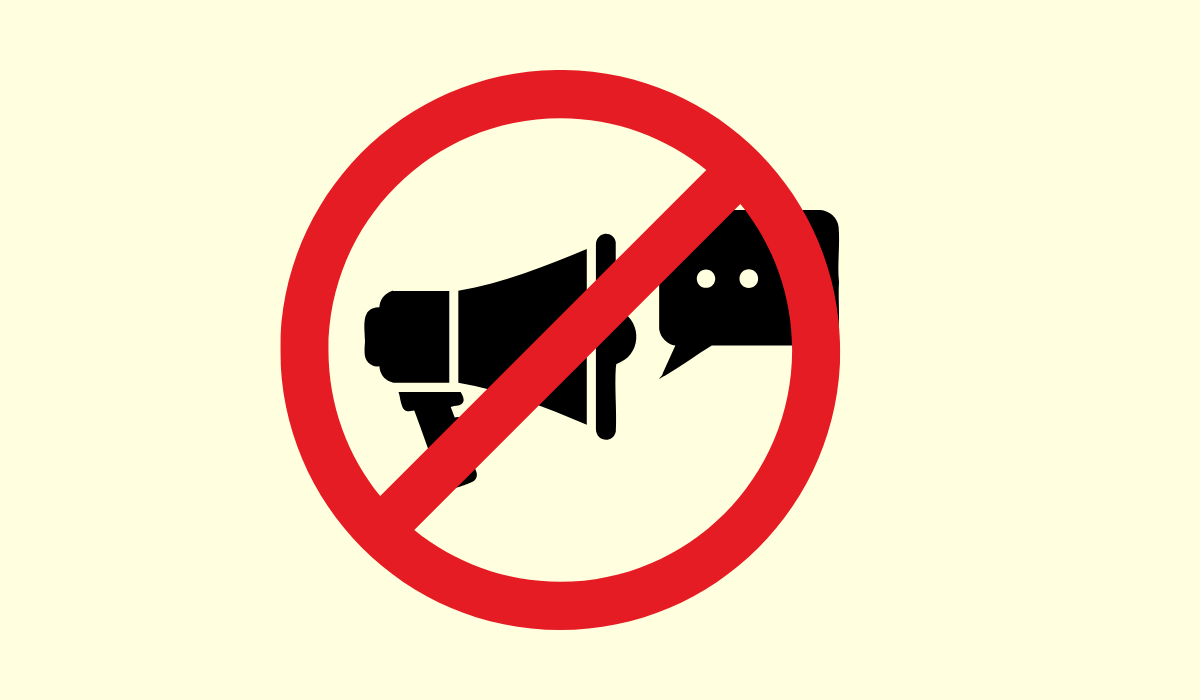Three months ago, your SMS campaigns hit 94% deliverability. Last month, 87%. This month, 81%.
Improving Your SMS Delivery: Tips and Tricks for Better Communication

SMS delivery can sometimes be challenging, resulting in messages not being delivered or being delayed.
In this article, we will explore some common SMS delivery challenges and provide tips and tricks for improving SMS delivery rates, as well as best practices for SMS communication.
Common SMS Delivery Challenges
There are several factors that can affect the delivery of SMS messages, including network issues, incorrect phone numbers, and carrier filtering. For example, some carriers may block messages that contain certain keywords or phrases, or may limit the number of messages that can be sent within a certain time frame. Additionally, spam filters may flag messages as spam if they are sent from unfamiliar numbers or contain suspicious content.
Another common challenge is message latency, which refers to the delay between the time a message is sent and the time it is received. Latency can be caused by network congestion, technical issues, or delays in carrier processing. In some cases, latency can result in messages being delivered out of order or not at all.
Tips for Improving SMS Delivery Rates
To improve SMS delivery rates, there are several best practices that businesses can follow. First, make sure that phone numbers are collected accurately and that they are up-to-date. This can be done by using a double opt-in process, which requires customers to confirm their phone number before receiving messages. Additionally, businesses should avoid sending messages from unfamiliar numbers or using short codes that may be flagged as spam.
Another tip is to segment your audience and send targeted messages to specific groups of customers. This can help to improve engagement and reduce the likelihood of messages being marked as spam. Additionally, businesses should consider using SMS delivery reports to track the success of their campaigns and identify areas for improvement.
Using SMS Delivery Reports to Track Success
SMS delivery reports provide valuable insights into the success of SMS campaigns by tracking the delivery, open, and response rates of messages. By using delivery reports, businesses can identify which messages are most effective and adjust their campaigns accordingly. For example, if a particular message has a low delivery rate, businesses can review their phone number database and make sure that numbers are accurate and up-to-date.
Additionally, delivery reports can help businesses to identify issues with message latency or carrier filtering. If delivery reports show a high number of undelivered messages or messages that are marked as spam, businesses can work with their carrier to resolve the issue and improve delivery rates.
Best Practices for SMS Communication
In addition to improving delivery rates, businesses should also follow best practices for SMS communication to ensure that messages are engaging and effective. One tip is to keep messages short and to the point, as SMS messages are limited to 160 characters. Additionally, businesses should use clear and concise language and avoid using abbreviations or slang that may be confusing to customers.
Another best practice is to provide clear opt-in and opt-out instructions, as well as a way for customers to contact the business if they have questions or concerns. Additionally, businesses should consider offering incentives or exclusive offers to customers who opt-in to receive SMS messages, as this can help to improve engagement and loyalty.
SMS Marketing and Delivery
SMS marketing is a powerful tool for businesses looking to reach customers directly on their mobile devices. However, it is important to follow best practices and guidelines to ensure that messages are delivered and effective. One tip is to use a reputable SMS marketing provider that follows industry standards and regulations.
Additionally, businesses should avoid sending too many messages or sending messages at inconvenient times, such as late at night or early in the morning. Instead, messages should be sent at a time when customers are likely to be available and engaged. Finally, businesses should consider using multimedia messages, such as images or videos, to make messages more engaging and memorable.
Tools for Improving SMS Delivery
There are several tools and services available to businesses that can help to improve SMS delivery rates and ensure that messages are delivered and effective. One tool is SMS gateway software, which allows businesses to send and receive SMS messages from their computer or mobile device. Additionally, some SMS marketing providers offer delivery reports and analytics to help businesses track the success of their campaigns.
Another tool is SMS verification, which can be used to confirm the identity of customers and reduce the likelihood of fraud or spam. SMS verification typically involves sending a one-time code to the customer’s phone, which they must enter to confirm their identity. This can be particularly useful for businesses that require secure or sensitive information from customers, such as financial institutions or healthcare providers.
Finally, tools such as SubscriberVerify can help remove invalid numbers from lists, to improve the delivery rates of SMS marketing campaigns, and save money at the same time.
Conclusion
SMS is a powerful communication tool that can help businesses to reach customers directly on their mobile devices. However, to ensure that messages are delivered and effective, it is important to follow best practices and guidelines for SMS communication. By using accurate phone numbers, segmenting your audience, and using SMS delivery reports and analytics, businesses can improve delivery rates and track the success of their campaigns. Additionally, by using tools such as SMS gateway software and SMS verification, businesses can ensure that messages are delivered securely and reliably
More Articles


SMS Marketing, SMS, sms carrier, tcpa
Why SMS Marketing Might Be Dead in 5 Years—If Carriers Keep This Up
For over a decade, SMS marketing has been the bedrock of mobile engagement. With open rates often cited above 95% and near-universal device compatibility, it seemed indestructible. Yet today, industry insiders are sounding the...

SMS, sms carrier, tcpa, tcpa restrictions
Are SMS Compliance Rules Silencing Free Speech in Marketing?
Few marketing channels are as tightly controlled — yet so widely used — as SMS. Behind every promotional text lies an invisible gauntlet of carrier rules, algorithmic filters, and registration barriers. Most recipients never...